Leeks (Allium ampeloprasum var. porrum) are cool-season vegetables valued for their mild, onion-like flavor and versatility in culinary dishes. Known for their long, cylindrical white stems and blue-green leaves, leeks belong to the same family as garlic, onions, and shallots. While they are relatively easy to grow, one of the key factors determining their success is proper watering practices.
Water is essential to help leeks develop thick, tender stalks — the most desirable part of the plant. Inadequate watering can result in thin, tough, or split stems, while overwatering may lead to rot and fungal diseases. Understanding when and how often to water your leek plants is crucial for a bountiful and healthy harvest.
In this detailed guide, we’ll explore how often you should water a leek plant, the environmental and soil conditions that affect its water needs, signs of watering mistakes, and expert tips to keep your leeks thriving throughout the growing season.
Understanding the Natural Growth Requirements of Leek
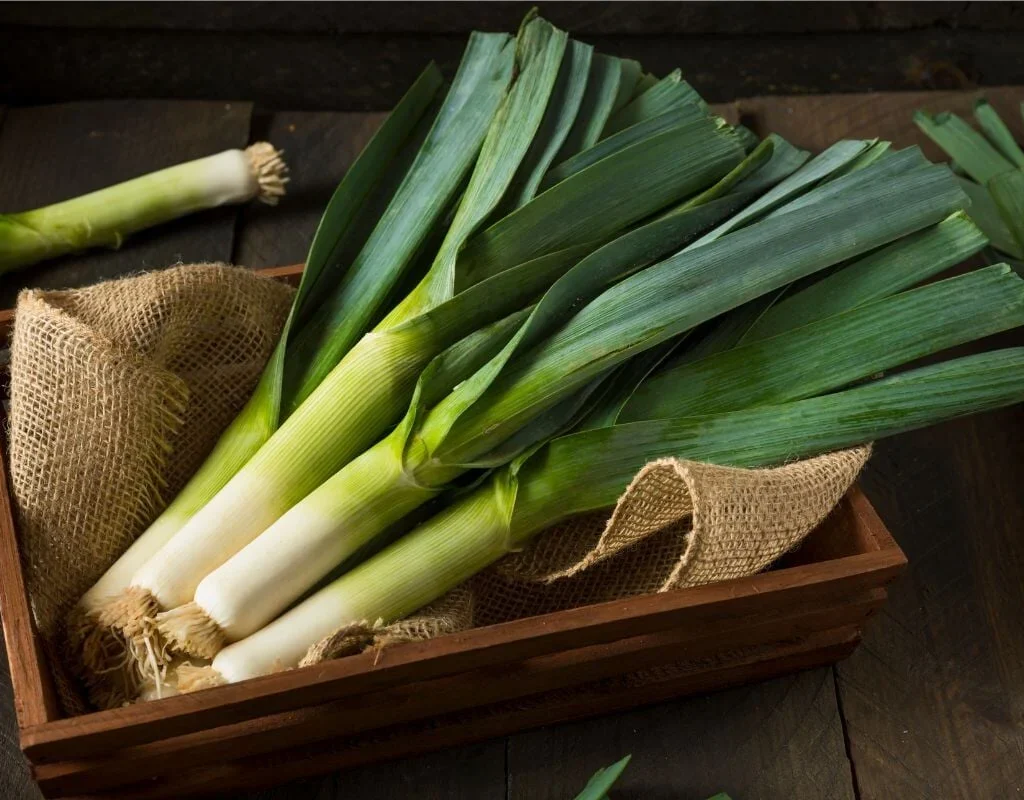
Leeks are biennial plants typically grown as annuals in home gardens and farms. Native to the cool Mediterranean regions, leeks thrive in:
- Moist, fertile, and well-drained soil
- Moderate temperatures (13°C to 24°C / 55°F to 75°F)
- Consistent soil moisture during active growth
- Sunny, open locations with good airflow
Unlike drought-tolerant crops, leeks prefer a consistently moist environment without waterlogging. Achieving this balance is key to growing tender, flavorful leeks.
How Often Should You Water a Leek Plant?
1. General Watering Schedule
As a guideline:
- Water leeks every 3–5 days during warm, dry weather or drought conditions.
- In cooler, moist climates or during rainy spells, water every 7–10 days.
Key Rule:
Maintain consistently moist, but not soggy soil throughout the growing season.
Since leeks have shallow root systems (6–12 inches deep), they’re sensitive to fluctuations in soil moisture. Regular, even watering encourages steady growth and prevents the stems from becoming tough or splitting.
Factors Influencing Leek Watering Needs
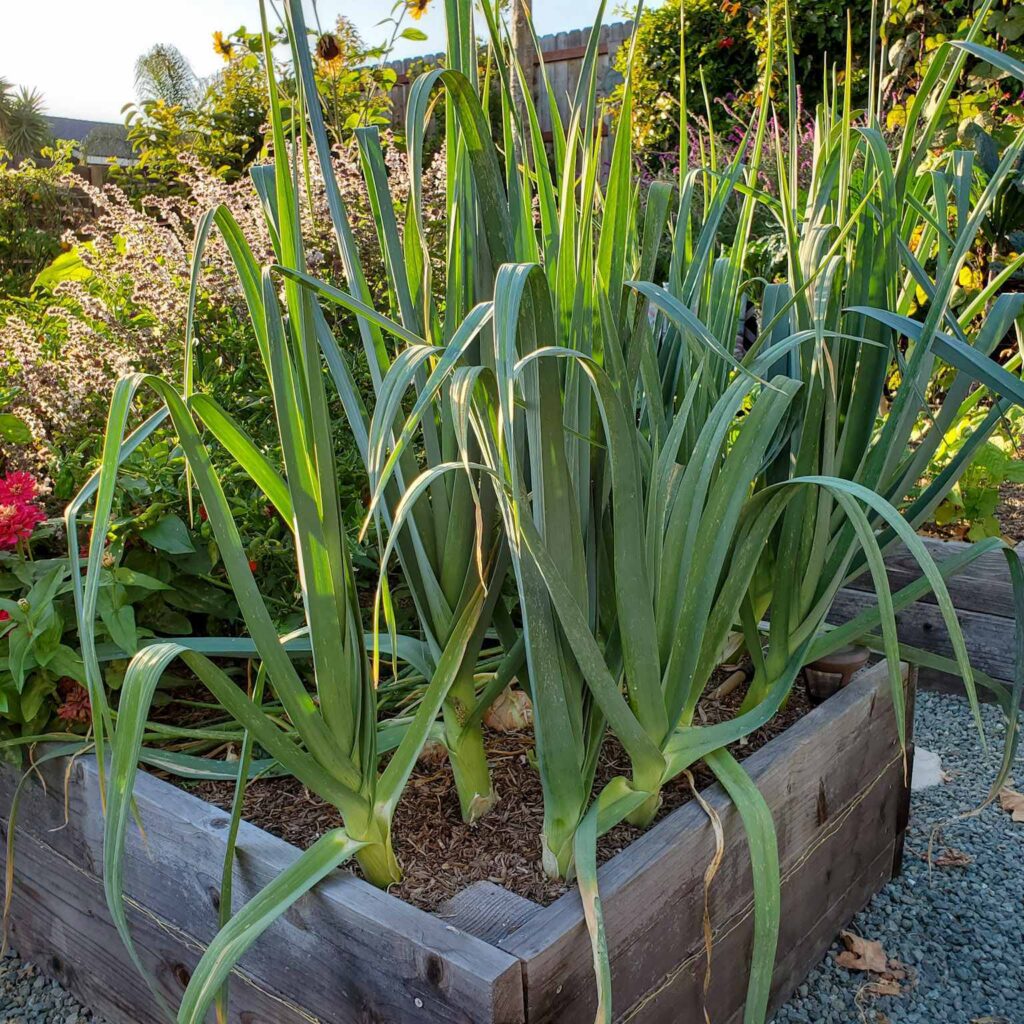
Several variables affect how frequently you should water leeks:
1. Temperature and Season
- High temperatures (above 26°C / 79°F) cause soil to dry out faster and increase plant transpiration.
- Cooler weather (below 18°C / 64°F) reduces water needs.
Tip: In hot or windy conditions, check soil moisture daily.
2. Soil Type and Drainage
- Sandy or light soils drain quickly and require more frequent watering.
- Clay or heavy soils retain moisture longer but risk waterlogging.
Ideal soil for leeks:
Rich, well-draining loam with good organic matter content to hold consistent moisture without pooling water.
3. Plant Stage and Growth Cycle
- Seedlings and young transplants require frequent, shallow watering to establish roots.
- Mature plants need deeper, consistent watering as their stems thicken and the root system extends.
Tip: Adjust watering frequency based on plant age and size.
4. Mulching
Applying an organic mulch (straw, grass clippings, or compost) around leeks:
- Helps retain soil moisture
- Reduces evaporation
- Suppresses weeds
- Regulates soil temperature
Tip: Mulch also reduces the need for frequent watering during hot months.
How to Check Soil Moisture Before Watering
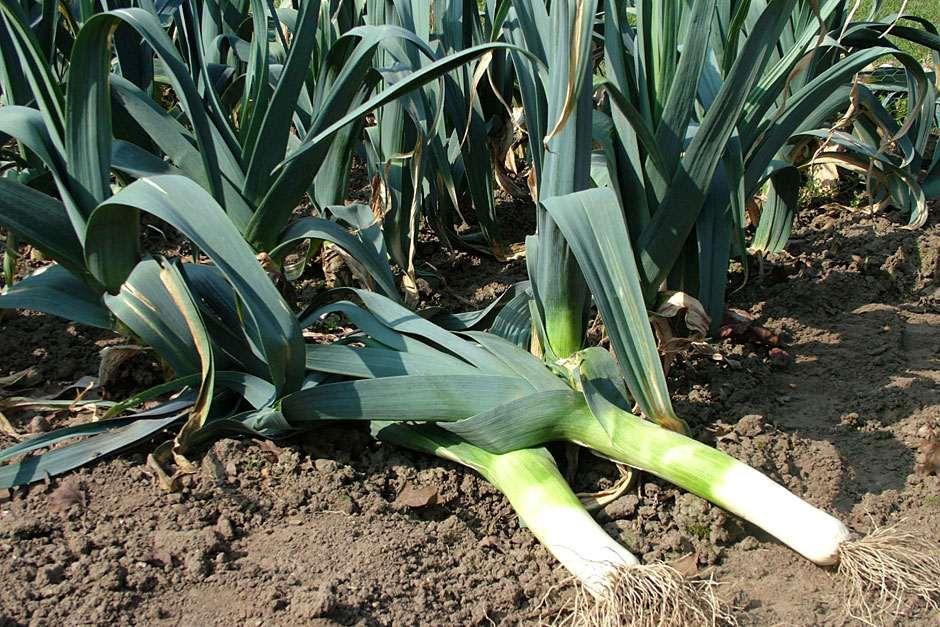
Avoid watering by habit. Instead, monitor soil moisture with these methods:
1. Finger Test
Insert your finger 2–3 inches into the soil:
- If it feels dry, it’s time to water.
- If still moist, delay watering for a day or two.
2. Soil Moisture Meter
A reliable tool that provides accurate moisture readings at root level.
3. Visual Inspection
Dry soil appears light-colored, loose, and crumbly, while moist soil is darker and holds its shape.
Best Watering Techniques for Leek Plants
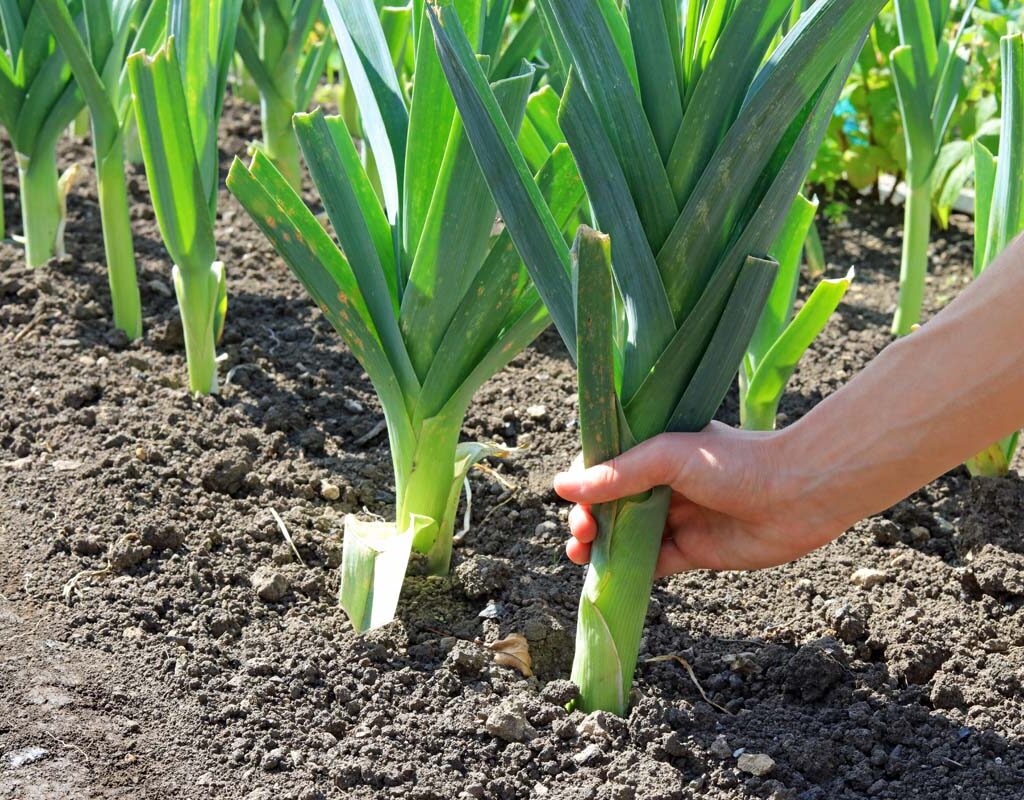
1. Water Deeply and Evenly
Apply water slowly and thoroughly to reach the full depth of the leek’s root system (6–12 inches). Light surface watering encourages shallow roots, increasing vulnerability to drought.
Tip: A soaker hose or drip irrigation is ideal for delivering consistent, deep moisture.
2. Water Early in the Morning
Watering in the early morning allows moisture to soak in before midday heat, reducing evaporation and minimizing the risk of fungal diseases.
3. Avoid Overhead Sprinkling
Frequent leaf wetting can promote fungal issues like downy mildew and rust. Water at the base of the plants whenever possible.
Seasonal Watering Guidelines
| Season | Watering Frequency | Additional Tips |
|---|---|---|
| Spring (Cool, moist) | Every 7–10 days | Adjust based on rainfall and soil type |
| Summer (Warm, dry) | Every 3–5 days | Check soil moisture daily during heatwaves |
| Autumn (Cool, variable) | Every 7–10 days | Reduce watering as temperatures drop |
Signs of Overwatering and Underwatering
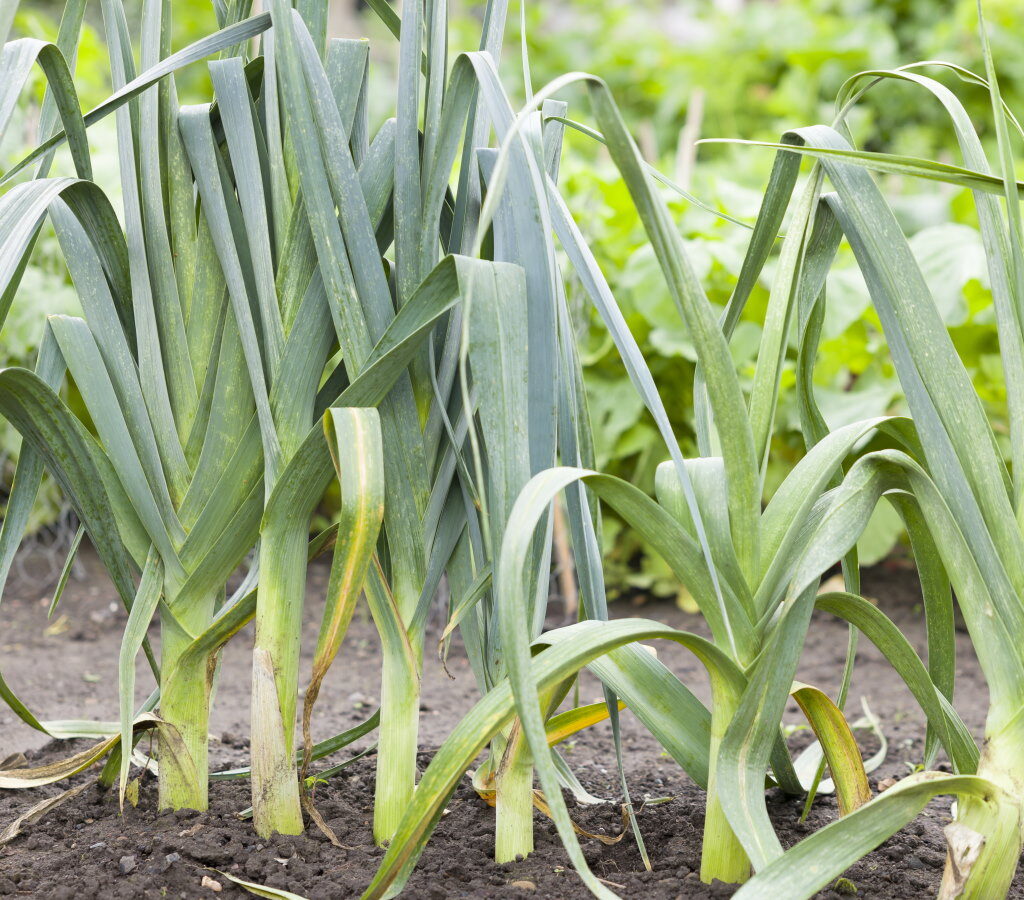
Recognizing these signs early can prevent crop failure and disease.
1. Signs of Overwatering
- Yellowing, wilting leaves
- Soft, mushy stems
- Foul-smelling soil
- Fungal growth around the base
Solution:
Improve soil drainage, reduce watering frequency, and remove affected plants if necessary.
2. Signs of Underwatering
- Wilting or drooping leaves
- Stunted growth
- Tough, stringy stems
- Soil pulling away from the edges of the bed
Solution:
Water deeply and regularly, and mulch to help retain soil moisture.
Special Watering Tips for Leeks
- Use Blanching Techniques
Leeks are traditionally blanched by gradually mounding soil or mulch around their stems as they grow. This prevents light from reaching the base, producing tender, white stalks. Blanched leeks require slightly more frequent watering to keep the soil evenly moist. - Maintain Consistent Moisture in Containers
Leeks can be grown in deep containers with well-draining potting soil. Container-grown leeks dry out faster than garden soil, so check soil moisture daily during hot weather. - Water Seedlings Gently
Use a fine rose watering can or mist setting on a hose to avoid displacing young seedlings or compacting soil.
Common Watering Mistakes to Avoid
- Watering too shallowly leads to weak, shallow roots.
- Allowing soil to dry out completely causes split, tough stems.
- Overwatering in clay soils creates standing water and root rot.
- Frequent overhead watering increases fungal disease risks.
Conclusion
Leek plants require consistent, deep, and even moisture throughout their growing season to develop thick, tender, and flavorful stems. While they dislike waterlogged soil, they also suffer from drought stress if left too dry.
As a general rule, water your leeks every 3–5 days during warm, dry periods and every 7–10 days during cooler, wetter weather, adjusting based on soil type, plant size, and local conditions. Always check soil moisture before watering and aim to keep the soil evenly moist but not saturated.
By following these practices, using proper watering techniques, and observing your plants for signs of stress, you’ll be rewarded with a healthy, bountiful crop of delicious, tender leeks perfect for soups, stews, and culinary dishes all season long.
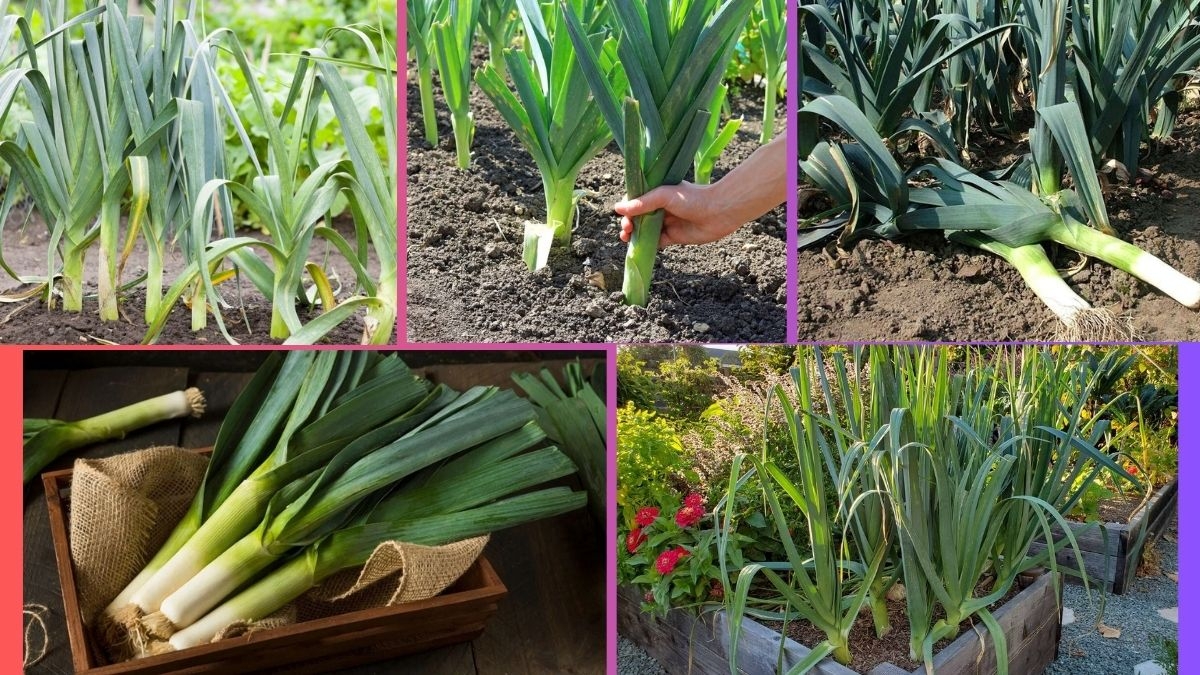



Leave A Comment